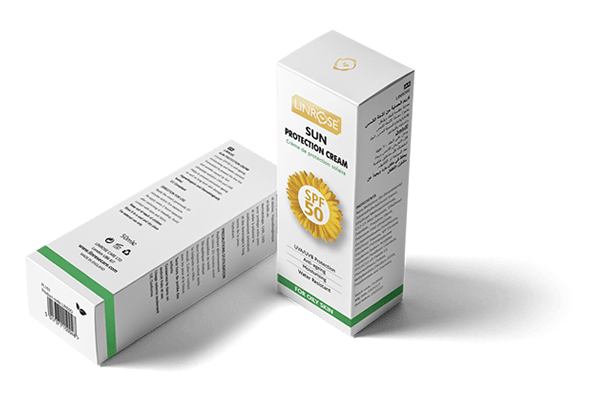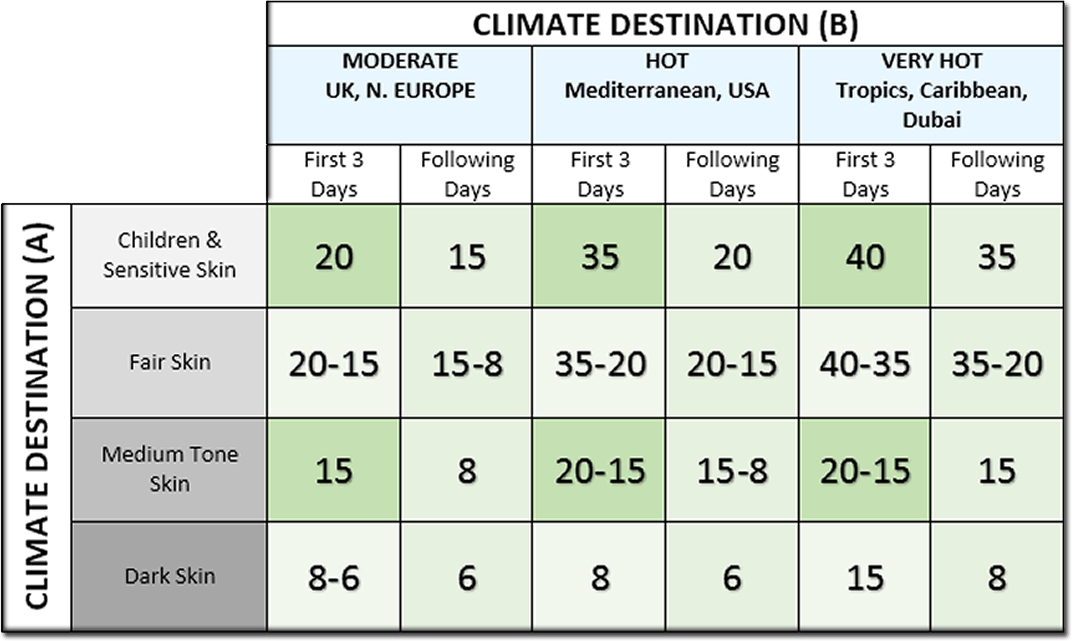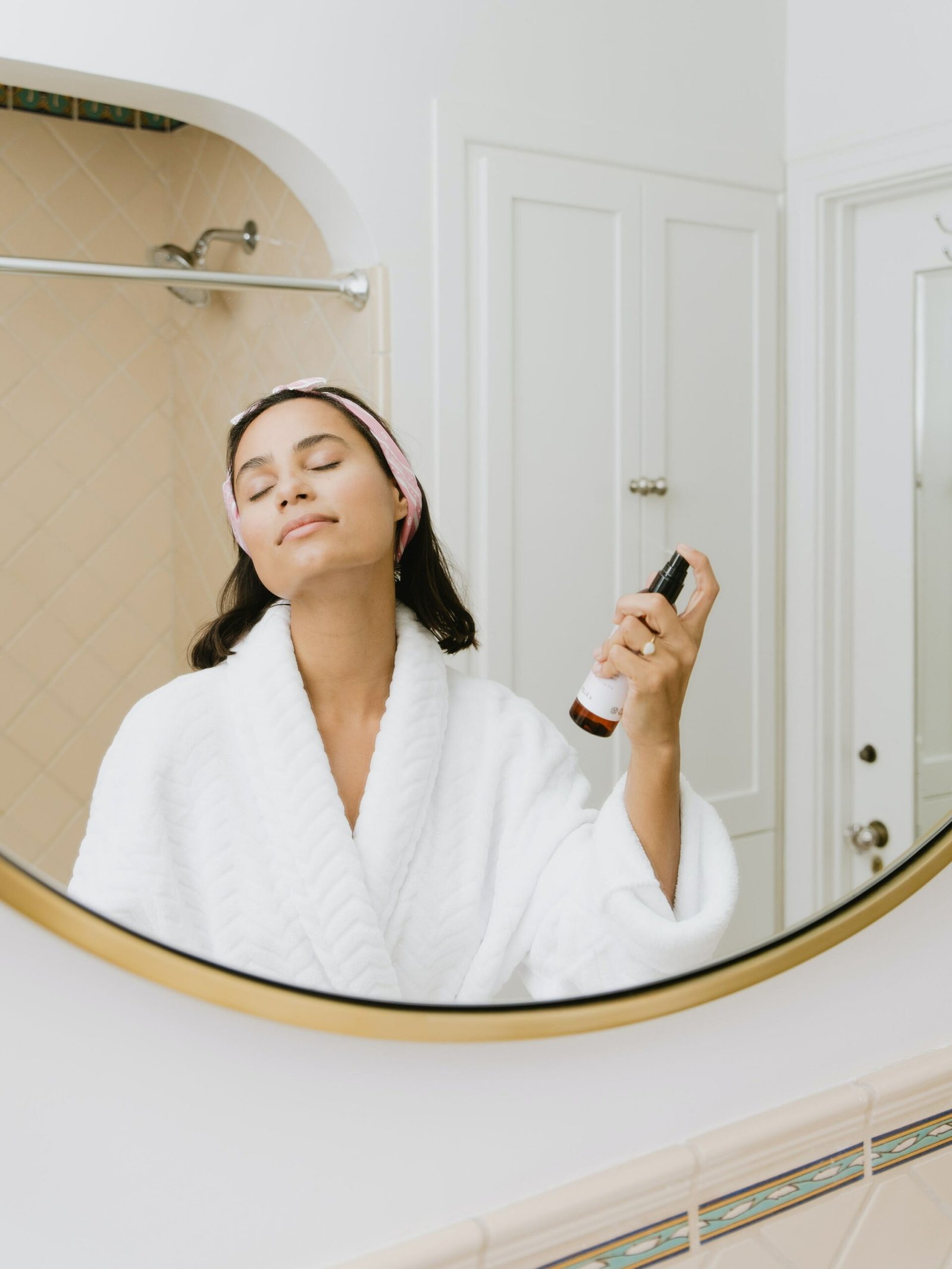Linrose Care Ltd.
– starting a new challenge of skin care natural products –
Research shows approximately 90% of fine lines and wrinkles are caused by the sun’s ultraviolet radiation, hence, damage from the sun is seen as a major reason for premature ageing in men and women.
Did you know most skin cancers can be prevented using today’s technologically advanced sunscreens. These give us protection from UVA/UVB rays, while allowing a tan to develop.
This cream is formulated for people who have an oily skin to protect the skin from the sun’s harmful UVA and UVB radiation, as well as keeping it hydrated. A light and quick drying formulation that contains sunscreens to help protect the skin from sunburn and ensure strong protection is made on a daily basis when applied. The cream can also be effectively used under makeup.
Anti - Ageing
Moisturising
Water Resistant
EU Compliant
Hypoallergenic and Dermatologically Tested
Made in England
SPF 50 for Oily Skin


Sun Protection Factor
Dependent on your skin type, hair colour, eye colour and destination, you may be able to stay in the sun for 6 mins without burning. If you apply a sunscreen with SPF 15 this means that you can stay in the sun 15 times longer (15×6= 90 mins) than you could without sunscreen. However you must follow directions carefully and apply the correct amount of sunscreen (35 ml) to ensure sufficient protection.
Sun Instruction
- Apply sunscreen to clean dry skin, at least 15-30 minutes before sun exposure.
- Apply sufficient amount, about 35ml to ensure you cover your entire body to receive the correct value of protection. WARNING: reducing this amount will lower the level (SPF) of protection significantly.
- Stay in the shade between 11am to 3pm when the sun’s UV rays are strongest.
- Take extra care with young children, as their skin is very delicate. Keep them out of direct sunlight.
- Wear loose clothes, a wide brimmed hat, round sunglasses and drink plenty of water.
- Re-apply your sunscreen frequently to maintain protection, especially after perspiring, swimming, or toweling.
- Start your sun exposure with SPF 30 or higher. You can always choose a lower factor later.
- Overcast weather still requires sunscreen in summer because 80 per cent of UV radiation is still present on cloudy days.
- Over-exposure to the sun is a serious health threat.
Fill in these details and our team would get back to you.
We appreciate your patience and usually respond within 24 hours.
